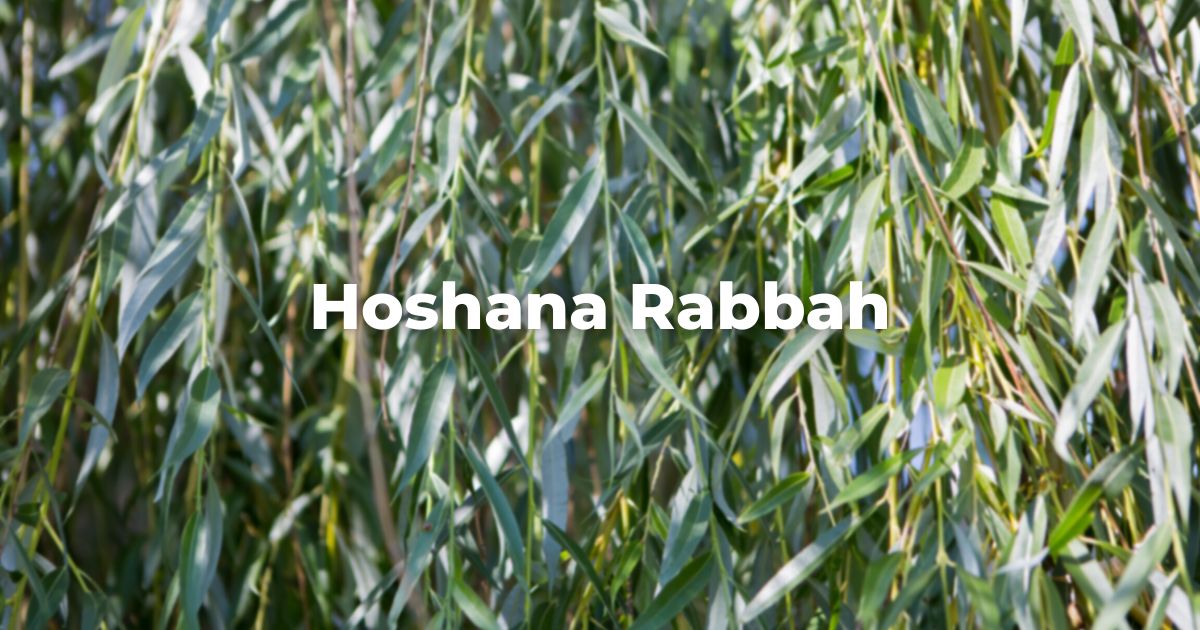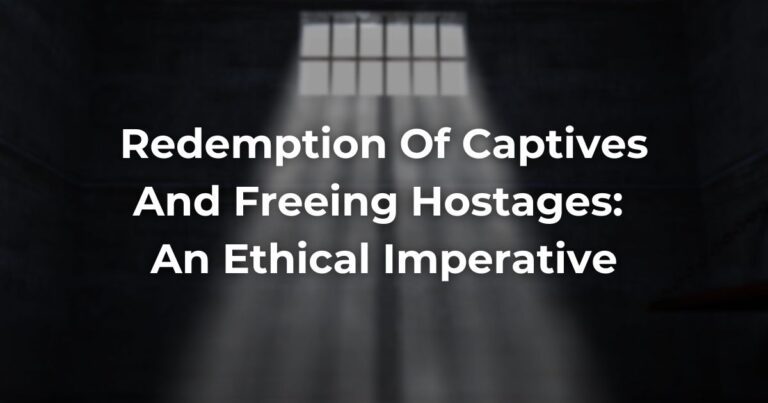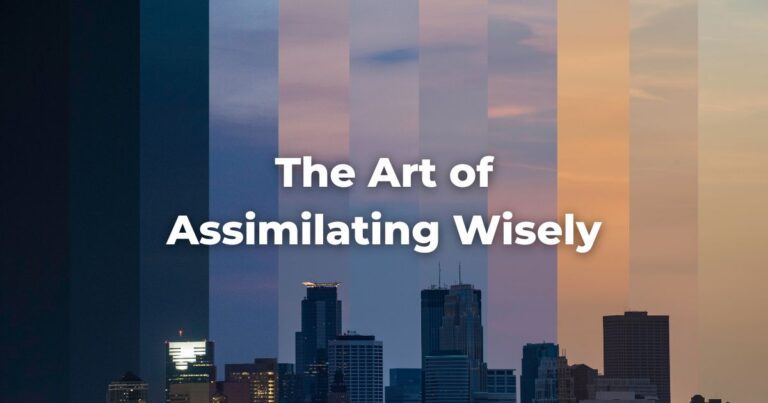Although the fifth intermediate day of Sukkot is known as Hoshana Rabbah, it is technically just the last day of ḥol ha-mo·eid.
End of the High Holidays
To understand the unusual aspects of Hoshana Rabbah, it is important to understand that Hoshana Rabbah is considered the conclusion of the long High Holiday season.
There are, in fact, a number of connections between Hoshana Rabbah and the High Holidays. The period of t’shuvah that began on the first day of Elul is extended until, and concluded on, Hoshana Rabbah.
Thus, Hoshana Rabbah is understood as the final opportunity during this season of heightened spiritual awareness to do t’shuvah, hence a final appeal for God’s mercy and forgiveness.
The custom of striking the willow branches, described below, is connected to this theme of repentance. It teaches us that just as it is extremely difficult to separate the willow leaves from the willow branch, so too is it difficult for us to separate ourselves from our bad habits and evil ways.
In addition, Psalm 27, which congregations begin reciting on the first day of Elul, is recited for the final time on Hoshana Rabbah. Some congregations end their recitation of this psalm on Yom Kippur, however.
The concept of Hoshana Rabbah being the very end of the penitential season is also reflected in the traditional wish of a guten kvitel extended by many Ashkenazic Jews to others on this day. Literally meaning “a good record,” the greeting refers to the final verdict on our lives said to be written up during the period of judgment and finally entered into the record on Hoshana Rabbah.
Thus, because of its status as the very last day of the penitential season, Hoshana Rabbah has some of the ambience of festival days as well.
Is Hoshana Rabbah a festival or a weekday?
This is seen in the ways the Morning Service is expanded to be more like a festival than a weekday morning.
In the P’sukei D’zimra section of the service, for example, additional psalms are added to make it feel almost (but not entirely) like a festival day or like Shabbat—and similar additions are found throughout the Morning Service.
By far, however, the most significant change is during the Hoshanot.
Hoshanot on Hoshana Rabbah
At the end of every other day of ḥol ha-mo·eid, a TorahRefers to the first five books of the Hebrew Bible, the Tanakh, also called the Five Books of Moses, Pentateuch or the Hebrew equivalent, Humash. This is also called the Written Torah. The term may also refer to teachings that expound on Jewish tradition. Read more scroll is taken from the Ark and a procession with the lulav and etrog is conducted around the sanctuary.
On Hoshana Rabbah, however, it is customary to remove all the Torah scrolls from the Ark and to hold seven distinct processions around the sanctuary. After these processions are completed, the lulav and etrog are set aside and a bunch of five fresh willow branches called hoshanot are taken in hand and struck against the floor or against a seat hard enough to separate at least some leaves from the branch.
It is an unfamiliar ritual to many, but any who attend the Hoshana Rabbah service will be struck by the dramatic finale this unobtrusive, under-recognized semi-holiday provides for the entire High Holiday season.
In the end, the simple act of beating the hoshanot says it all. No one can return to God merely by wishing to do so. And it is precisely the wrenching, difficult, painful act of separating oneself from sin that beating the hoshanot symbolizes.
Adapted with permission from The Observant Life.
Authors
-

-

The Observant Life: The Wisdom of Conservative Judaism for Contemporary Jews distills a century of thoughtful inquiry into the most profound of all Jewish questions: how to suffuse life with timeless values, how to remain loyal to the covenant that binds the Jewish people and the God of Israel, and how to embrace the law while retaining an abiding sense of fidelity to one’s own moral path in life. Written in a multiplicity of voices inspired by a common vision, the authors of The Observant Life explain what it means in the ultimate sense to live a Jewish life, and to live it honestly, morally, and purposefully. The work is a comprehensive guide to life in the 21st Century. Chapters on Jewish rituals including prayer, holiday, life cycle events and Jewish ethics such as citizenship, slander, taxes, wills, the courts, the work place and so much more.
View all posts






